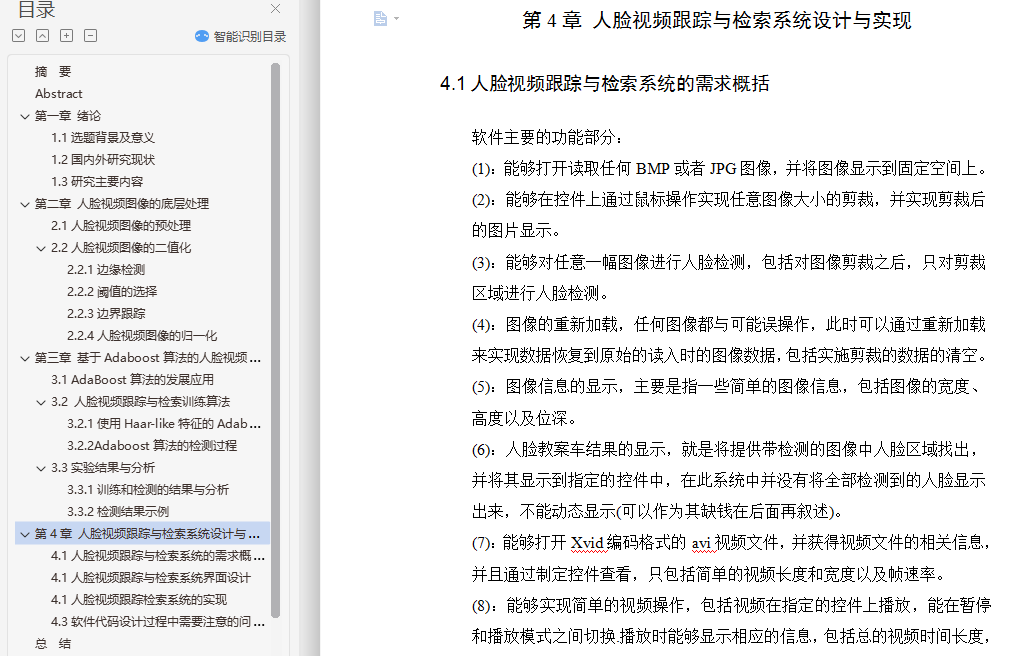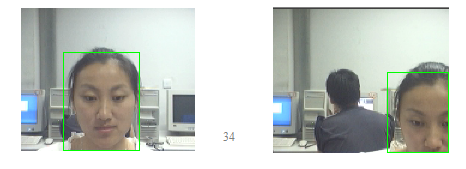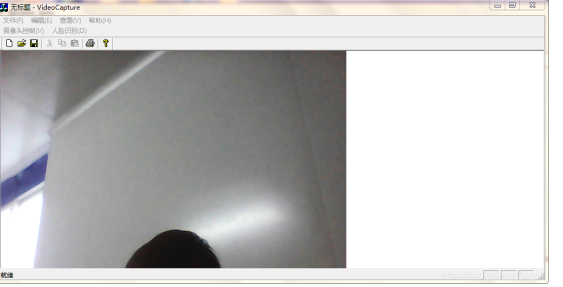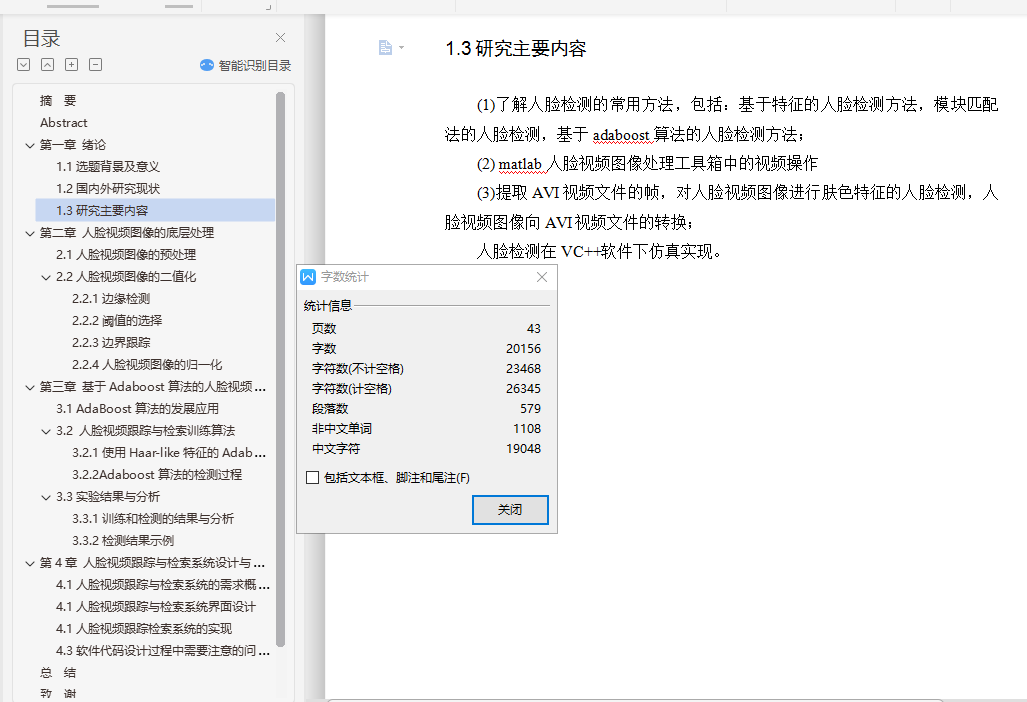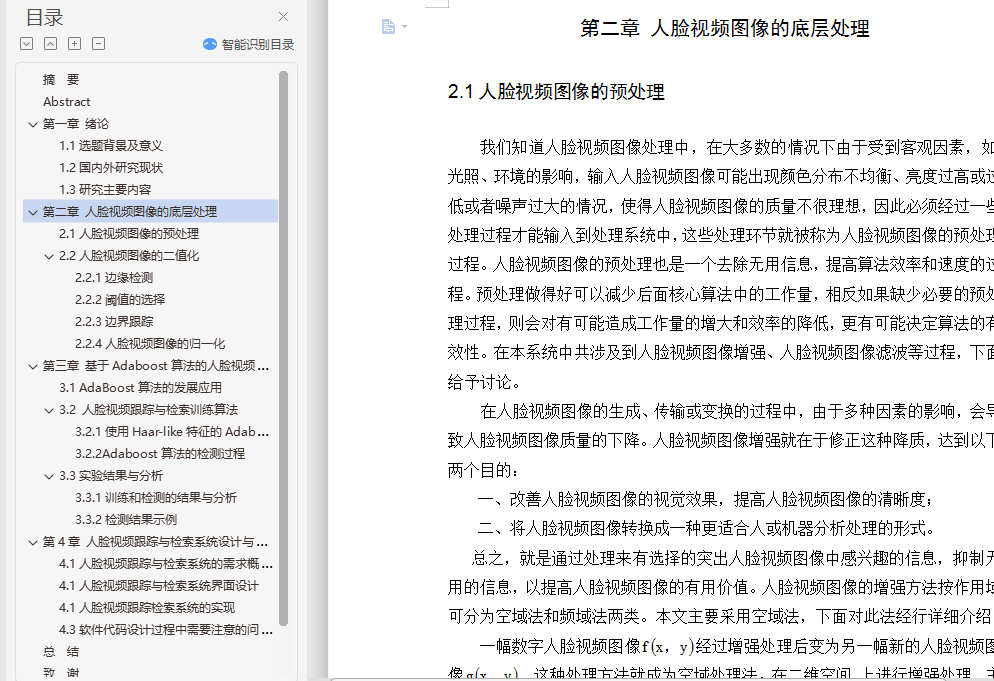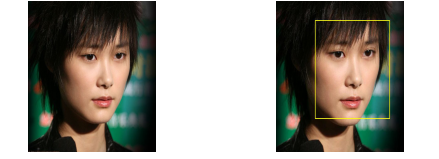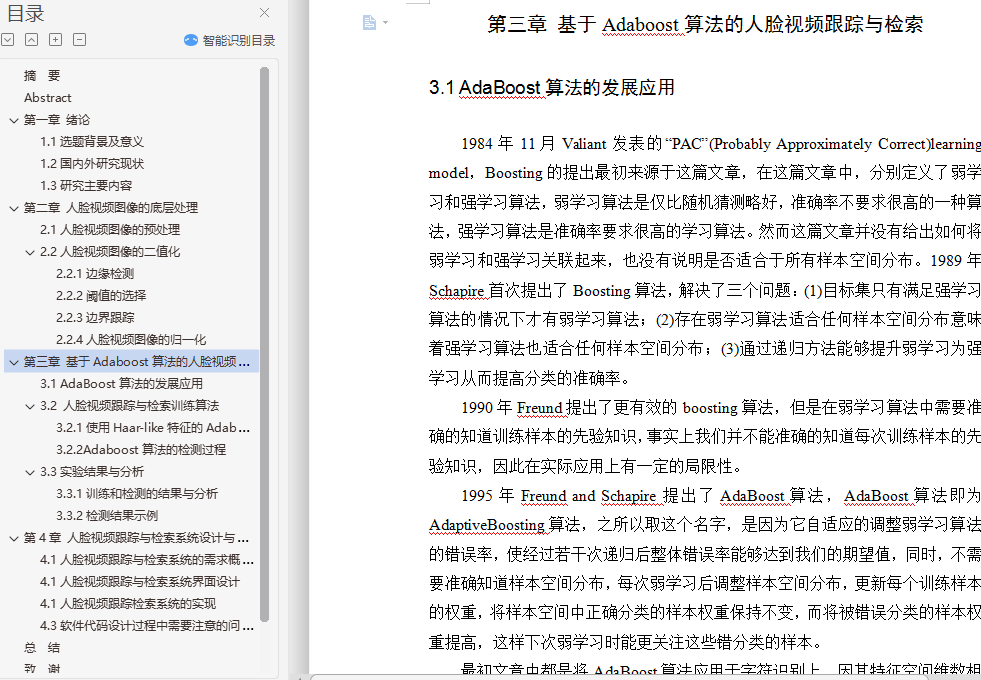摘 要
人脸识别就是对于输入的人脸图像或者视频,首先判断其中是否存在人脸,如果存在人脸,则进一步的给出每个人脸的位置、大小和各个主要面部器官的位置信息,并依据这些信息,进一步提取每个人脸中所蕴含的身份特征,并将其与已知人脸库中的人脸进行对比,从而识别每个人脸的身份。人脸识别的过程可以分为以下三个部分:(1)人脸检测:判断输入图像中是否存在人脸,如果有,给出每个人脸的位置,大小;(2)面部特征定位:对找到的每个人脸,检测其主要器官的位置和形状等信息;(3)人脸比对:根据面部特征定位的结果,与库中人脸对比,判断该人脸的身份信息;显然地,在任何一个自动化的系统中,人脸检测都是解决上述问题的第一步。在本文中,我们把人脸识别和人脸定位区分开了,因为,后者是前者的一个简化了的问题。因此,本文的重点是放在放在人脸的检验方法上的。
关键词:人脸;视频;检索;识别
Abstract
Face recognition is to input a face image or video, first determine whether there is a face, if there is a face, then give the location of each face, size and the location of the main facial organs information. According to these information, the identity features contained in each person's face are further extracted and compared with those in the known face database, so as to identify the identity of each person's face. The process of face recognition can be divided into the following three parts: (1) face detection: to determine whether there is a face in the input image, if any, to give the location and size of each face; (2) facial feature location: to find the face. (3) face comparison: according to the result of facial feature localization, the identity information of the face is judged by comparing with the face in the database. Obviously, face detection is the first step to solve these problems in any automated system. In this paper, we distinguish face recognition from face location because the latter is a simplified problem of the former. Therefore, the focus of this paper is on the face testing method.
Keywords: face; Video; Retrieval; recognition
目 录
摘 要 I
Abstract II
第一章 绪论 1
1.1选题背景及意义 1
1.2国内外研究现状 1
1.3研究主要内容 3
第二章 人脸视频图像的底层处理 4
2.1人脸视频图像的预处理 4
2.2人脸视频图像的二值化 6
2.2.1边缘检测 6
2.2.2阈值的选择 12
2.2.3边界跟踪 15
2.2.4人脸视频图像的归一化 16
第三章 基于Adaboost算法的人脸视频跟踪与检索 17
3.1 AdaBoost算法的发展应用 17
3.2 人脸视频跟踪与检索训练算法 19
3.2.1使用Haar-like特征的Adaboost人脸视频跟踪与检索算法 19
3.2.2Adaboost算法的检测过程 26
3.3实验结果与分析 29
3.3.1训练和检测的结果与分析 29
3.3.2检测结果示例 30
第4章 人脸视频跟踪与检索系统设计与实现 33
4.1人脸视频跟踪与检索系统的需求概括 33
4.1人脸视频跟踪与检索系统界面设计 34
4.1人脸视频跟踪检索系统的实现 34
4.3软件代码设计过程中需要注意的问题 35
总 结 37
致 谢 38
参考文献 39
附 录 40
